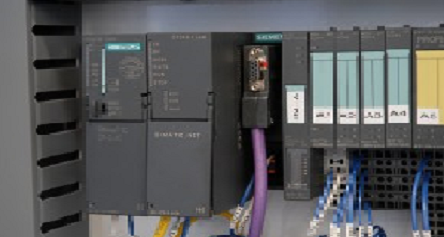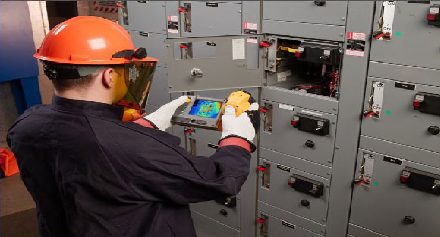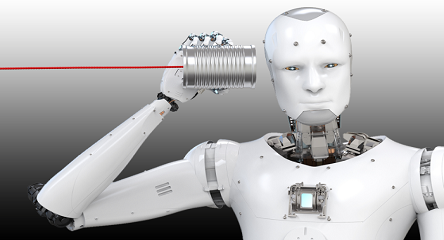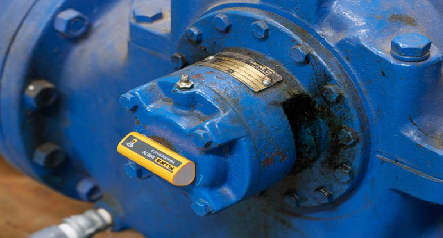When to go Wireless, and When Not
When it comes to condition monitoring, wireless technology is becoming ubiquitous for sensing applications. But many analysts still have a tried and tested portable monitor in their arsenal, so this begs the question, why should wireless sensors be used, and is there still a place for the more traditional route-based option?
When to break free
Catching the issue
Probably the single biggest advantage to wireless technology is nothing to do with the transmission technology at all, rather what it enables by constantly transmitting data. Traditional route based systems would provide a measurement once per visit, sometimes every week, but more likely only twice a year. Whilst this provides some good analysis output and an opportunity to actual touch and look at the machine, it can miss faults that only happen periodically. Furthermore, there is not always a guarantee that the machine will be operating in normal conditions.
Safety concerns
Accessing the key part of the machine can be a tricky task – but especially when safety guards and protections have to be circumvented to permit this. All the better to have a pre-installed device take the reading and transmit it wirelessly – thus mitigating the risk of injury completely. Sensors can also be place in locations that would otherwise be completely inaccessible otherwise.
Stick to tried and tested
Additional diagnosis
Despite the obvious benefits of wireless technology there are still times when breaking out the portable analyser will yield better results. This is particularly true for dual-sensor phase-based measurements, such as identifying cocked bearing or oil whip on journal bearings, but these are both relatively uncommon conditions. Portable readers also have the capability to take long, high resolution measurements for very specific machine configurations and speeds.
Getting “eyes on”
Whilst wireless sensors can offer the ability to understand machine health remotely, from anywhere in the world, sometimes nothing can beat being physically present at the machine – this allows for a visual inspection. A sensor can tell you a lot about your machine, but it might not able to tell you that some boxes have been sucked into a fan vent!
In conclusion, there is a place for both tools into today’s predictive maintenance strategies. Portable analysers are great learning tools, and the workflow is still appropriate for some organisations. In contrast, remote wireless sensors you provide a glimpse of your machine’s behaviour multiple times a day, sometimes as fast as every minute. This will allow the analyst to see trends over days and months and act on emerging issues, rather than reacting after the fact. The capability gap between the two is closing.






